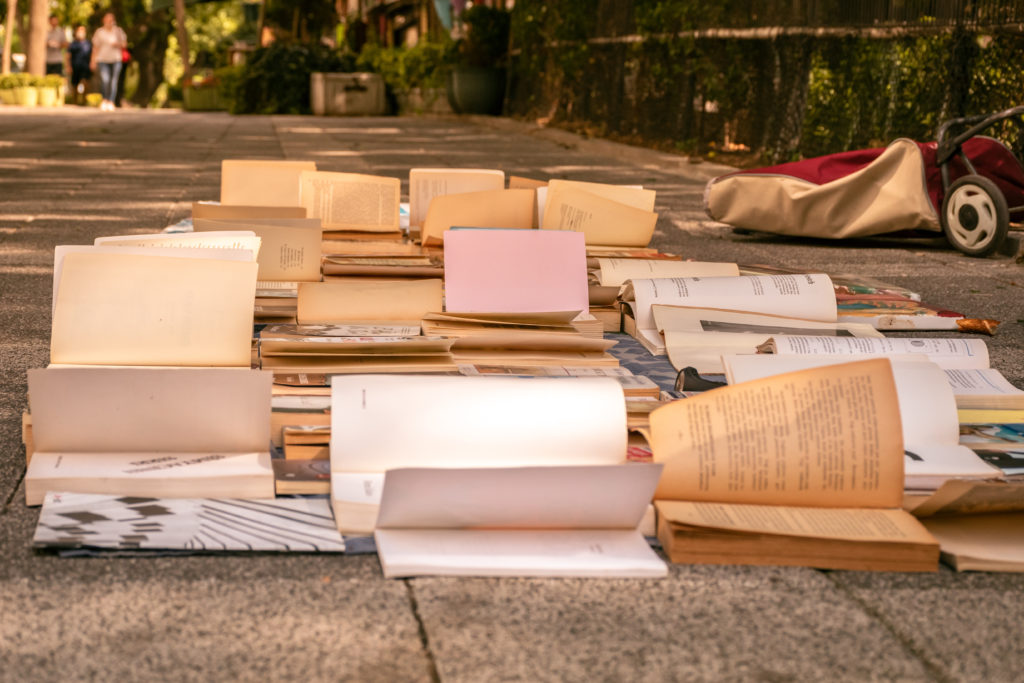We’re away until January 4, but we’re reposting some of our favorite pieces from 2020. Enjoy your holiday!
I was a student in the University of Cape Town’s English department when the Ransom Center acquired J. M. Coetzee’s papers. This was in 2012, when to be a student in the English department at UCT was to be required to hold a strong, fluently expressed opinion on J. M. Coetzee, his life, his work, the position he held within the South African academy, and whether or not there was a “fascinating contrast” between that position and the one he held overseas. Extra points if you could get all this off while referring to him at least once as “John Maxwell Coetzee” in an ironic and weary tone of voice. I never really got to the bottom of why people liked that so much, saying “John Maxwell Coetzee” and then looking around proudly, sometimes with the nostrils a bit flared. I’d managed to discharge the obligation to have an opinion on Coetzee by having a strident opinion on Nadine Gordimer instead, and so never learned why it was hilarious to refer to him by something other than his initials.
I did learn to smile knowingly when it happened, which was very often. No smiling about the Ransom Center acquisition though, a subject that was discussed with such bitterness that for a while I thought “Ransom Center” was departmental shorthand for American rapaciousness, something to do with rich U.S. institutions holding the rest of the world to ransom, riding roughshod over questions of legacy and snatching up bits of history to which they had no rightful claim. The Harry Ransom Center is of course a real place, situated on the University of Texas campus, containing one of the most extensive and valuable archival collections in the world. One million books, five million photographs, a hundred thousand works of art, and forty-two million literary manuscripts. Highlights of the collection, according to the center’s unusually user-friendly website, include a complete copy of the Gutenberg Bible, a First Folio, and the manuscript collections of Capote, Carrington, Coetzee, Coleridge, Conrad, Crane, Crowley, Cummings, and Cusk, looking at just the c’s. James Joyce’s personal library from when he lived in Trieste is in there, as well as the personal libraries of Samuel Taylor Coleridge, Don DeLillo, and Evelyn Waugh.
A friend who went to UT told me that the Ransom Center is an ordinary-looking building, big and brown, and that it would be easy to walk past and have no idea what was in there. She said that undergraduates do it every day. I have confirmed this description by looking at photos online, but it doesn’t sit right with me on a symbolic level. It should be bigger, surely, resembling more of a compound or fortress. It should emit some kind of low humming sound, or glow. Forty-two million manuscripts! A million books! Kilometers of archival holdings in climate-controlled rooms, all wrapped up in sheaves and purpose-built cardboard boxes, lovingly tended to by armies of well-compensated grad students. This same friend was doing some work in the archives when they received Norman Mailer’s manuscripts. Great jubilation heard throughout the Center, she said. A week of celebrations culminated in a party where all the attendees were given little boxing-glove key rings.
from The Paris Review https://ift.tt/3mZosjo

Comments
Post a Comment